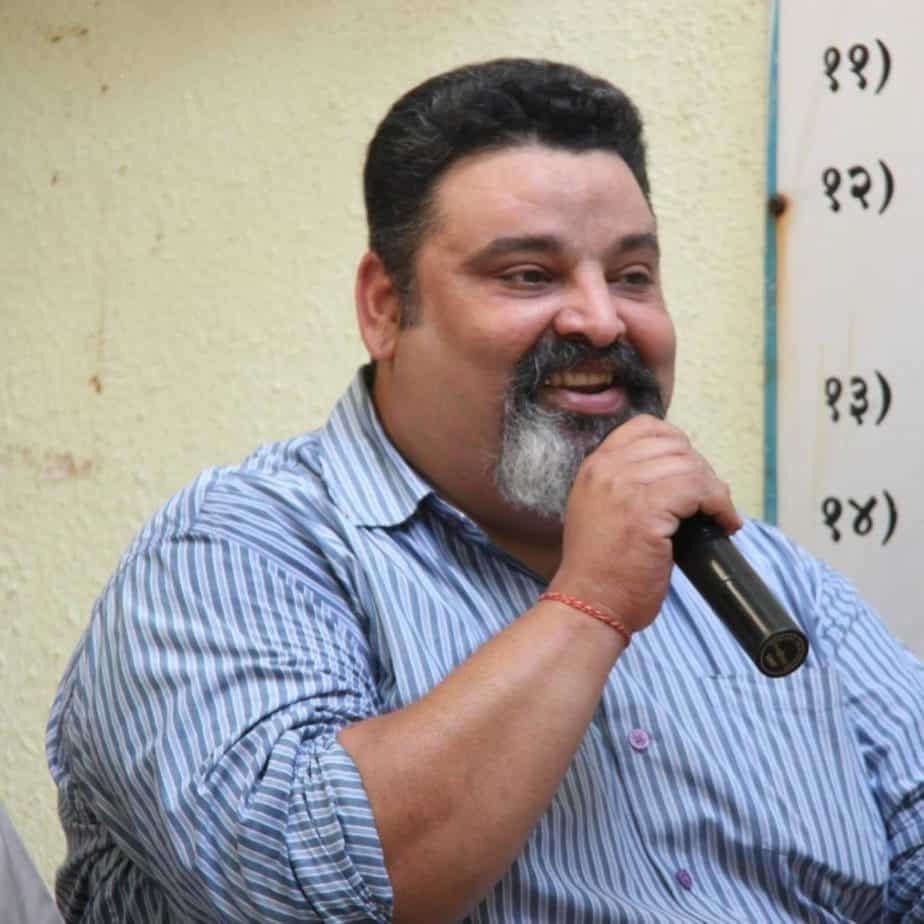Bombay’s pivotal role in the Independence movement and particularly in the Quit India movement has not been recognized enough, according to Tasneem Zakaria Mehta, who is also the Managing Trustee and Honorary Director of Dr. Bhau Daji Lad Mumbai City Museum in Byculla.
What can be done about it? “We strongly feel that our museum should now take up this subject,” she added, recalling that institution was once a British museum and its origins are reflected in the collection. It was established in 1872 as the Victoria and Albert Museum. It got its current name only in 1975.
Mehta was addressing a virtual talk on 13 August on Mumbai and Independence’.
Why does Bombay enjoy a special place in the history of India’s freedom struggle? What were some of the Bombay-based events that led to the eventual decline and end of British colonial rule in India? Which political leaders from Bombay took on key leadership roles? How did the business class in Bombay earn the money needed to bankroll the independence movement?
Tough questions to answer, but the panelists attempted them. Dr. Bhau Daji Lad Mumbai City Museum in Byculla hosted the discussion along with archaeologist, historian and culinary anthropologist Kurush Dalal, Director of the India Study Centre (INSTUCEN) Trust’s School of Archaeology and in charge of the Mandad Excavation Project, documenting Mumbai’s archaeology. It was moderated by art historian, curator and cultural activist Tasneem Zakaria Mehta.
Read more: What’s common between Gateway of India, Kala Ghoda and Blue Synagogue?
The talk was structured around a timeline that focused on 10 important historical events, thus highlighting the city’s rise to prominence as a centre of trade, education and political activity.
- The Portuguese capture of Bombay in 1661, its subsequent gifting to the British Crown, and the Crown’s leasing of Bombay to the East India Company
- Shivaji’s sacking of the port city Surat in the years 1664 and 1670
- The Industrial Revolution in Great Britain from 1820-1840
- Opening of the Government Law College in Bombay in 1855
- The Uprising of 1857 in different parts of India, and establishment of Bombay University
- The American Civil War from 1861-1864, and construction of the Suez Canal in 1869
- Establishment of the Bombay Stock Exchange in 1875
- Formation of the Indian National Congress in 1885
- The Quit India Movement of August 1942, launched at Gowalia Tank Maidan
- The Royal Indian Navy Mutiny, also called The Bombay Mutiny, in February 1946
When Dalal was asked “how the evolution of Bombay, its development, actually enabled and facilitated its participation in the (freedom) movement?” He started by saying that it was the cotton trade that built Bombay and therefore became an attractive place for “Jews, Parsis, Marwaris and Gujaratis” who came in as traders and people from the Konkan and other parts of India who came in as workers seeking employment in spinning, weaving and carding mills in the city. “The Indian independence struggle was bankrolled by the merchant class, and nowhere were they as powerful and involved as in Mumbai,” he added.
Bombay and Mumbai
His disclaimer was that he would use the names ‘Bombay’ and ‘Mumbai’ interchangeably. “I apologize for those who might not like it but we have to understand that it was only much after Independence that Bombay became Mumbai officially…It was Bambai to the Hindi speakers, always Mumbai to the Gujarati and Marathi speakers, and Bombay to us Anglophobes and English language speakers.”
The speaker also drew attention to many leaders from Bombay who joined the freedom struggle including B. R. Ambedkar, Muhammad Ali Jinnah, Bhulabhai Desai, Dadabhai Naoroji, Gopal Krishna Gokhale, Lal Krishna Advani, Lokmanya Tilak, Mahadev Govind Ranade, Macherjee Bhavnagree, Morarji Desai and Pherozeshah Mehta. They came from a range of professional and academic backgrounds – law, education, philosophy, business, mathematics and activism. Many of them studied at Bombay University and Government Law College.

Such educational institutions were set up by the British because they wanted to prepare a cadre of professionals who would understand the English language, their ways of living, and their laws, said Dalal. In the bargain, they also ended up introducing ideas such as liberty, equality and fair play, which made the so-called “natives” realize that there was a gap between what the British taught in their education system and how they treated Indians.
Over a phone call after the talk, Dalal said, “The British liberal education gave Indians the tools to break down the empire. Indians did not want to be second class citizens in their own country. Also, until then, within Indian society, Dalits had been kept illiterate so that they could be easily governed. Ambedkar realized that education would change this. When people would learn to read and rationalize, they would not accept discrimination or denial of their rights.”
When asked about what led to his interest in studying the history of Mumbai, Dalal replied, “Me, Mumbaikar.” He lived near Victoria Terminus (now Chhatrapati Shivaji Terminus) for over 35 years, and then moved to Navi Mumbai. He also spent a few years pursuing his master’s degree and PhD in archaeology. “My deep and abiding interest in history comes from my mother,” he said.
He is particularly interested in researching what happened in India between 1942 and 1946 because it is a period that most school-level history books in the country are silent on. He also wants to study the role played by students and youngsters who kept the freedom movement alive when the top leadership of the Indian National Congress was put behind bars under the draconian laws of the British government especially during the Second World War.
“This kind of research is not one person’s job. We would need a lot of people who are experts to weigh in, and address the lacunae in our knowledge,” said Dalal, who is also a consulting editor for the digital platform Live History India, “It will have to be a collaborative effort.”